Tommy Hilfiger Logo Design: History & Evolution

Image Source: https://usa.tommy.com/ | Image Courtesy: Tommy Hilfiger
Hey fellow design enthusiasts! If you’ve ever dived into the world of fashion, then you've definitely stumbled upon the iconic Tommy Hilfiger brand. But have you ever paused to marvel at the simplicity and ingenuity of the Tommy Hilfiger logo design? This globally recognized emblem is more than just a couple of colored rectangles; it’s a brilliant mix of Americana, simplicity, and style.
In this article, we're going to take a comprehensive look at the history and evolution of the Tommy Hilfiger logo design. We'll dissect its components, explore its origins, and discuss how it has stood the test of time in an ever-changing industry. Why does this matter to you, the graphic designer? Because every design choice tells a story, and understanding the trajectory of iconic logos like Tommy Hilfiger’s can offer valuable lessons in creating compelling and enduring visual identities.
So, if you're as excited as we are to delve into the fascinating narrative behind one of the fashion world's most iconic logos, keep reading. Whether you're sketching out logos for a startup or revamping an existing brand identity, there’s a lot to be learned from the Tommy Hilfiger logo design.
Tommy Hilfiger Logo Design
1985 - Present
The year was 1985—a time when mullets were in style and the world was grooving to Madonna. But in the fashion industry, something special was happening: the birth of the Tommy Hilfiger brand. While Tommy himself had been around the block in the fashion world since 1968, it wasn't until 1985 that his namesake brand came to life. And with it came a logo that would eventually find its way into wardrobes across nearly 100 countries. Let's jump right into the Tommy Hilfiger logo design and its evolution.
Initially, the Tommy Hilfiger logo design captured the essence of classic Americana with its bold red, white, and blue color palette. It’s a straightforward yet ingenious emblem that doesn’t waste time on frills. A pair of horizontal rectangles—one red, one white—sitting beside a blue square containing two thinner white horizontal stripes. But oh boy, does it speak volumes!
The design draws inspiration from nautical flags, subtly nodding to the brand’s Americana aesthetic while also encapsulating the casual sophistication that Hilfiger aimed to infuse into everyday wear. The logo itself was an instant hit, and as the corporation went public in 1992, its iconic insignia was already well on its way to becoming a symbol of not just the brand but a lifestyle.
Graphic designers, you'll appreciate this: one of the most appealing aspects of the Tommy Hilfiger logo design is its adaptability. It's simple enough to be embroidered on a polo shirt, yet distinctive enough to stand out on a billboard. It serves as a classic case study of how simplicity can equate to flexibility in design, a lesson any designer can take to the bank.
Fast forward to today, and the logo has maintained its original design—talk about longevity! While fashion trends have ebbed and flowed, the Tommy Hilfiger logo has stood the test of time. It continues to be a hallmark of the brand, speaking to both its history and its current relevance in the fashion scene. From a graphic design perspective, it proves that if you hit the right notes—simplicity, adaptability, and a dash of cultural resonance—your work can live on, almost unchanged, for decades.
So, whether you’re new to the design game or a seasoned pro, the story of the Tommy Hilfiger logo design is a testament to the power of a well-thought-out visual identity. It teaches us that good design doesn't have to be complicated; it just has to be compelling.

Image Courtesy: Tommy Hilfiger
Analysis: Tommy Hilfiger Logo Design Evolution
We've already chatted about the history of the Tommy Hilfiger logo design from its inception in 1985 up to the present day. But history is just one part of the puzzle. Now it’s time to roll up our sleeves and dive deep into an analysis of its evolution—or rather, its remarkable consistency. Why has this design been so enduring, and what can we learn from it? Let’s break it down into five key points.
Simplicity is Key
One of the most striking aspects of the Tommy Hilfiger logo design is its simplicity. The straightforward combination of red, white, and blue rectangular shapes leaves no room for confusion. This design choice has made it universally recognizable and easy to remember—a crucial lesson for any graphic designer aiming to create a lasting impact.
Adaptability Across Mediums
From clothing tags to billboards, the logo is incredibly adaptable. Its minimalist approach means it scales well, maintaining its integrity whether you're looking at it from inches away or from across a street. This level of versatility is a dream come true for designers, proving that sometimes less truly is more.
Cultural Resonance
The color scheme and nautical inspiration root the logo deeply in American culture. It’s not just a fashion emblem; it’s a tiny slice of Americana that resonates with a broad audience. Designers should note that embedding a bit of cultural relevance can enrich a logo’s storytelling capability.
Consistency Over Time
While many brands opt for updates and redesigns, Tommy Hilfiger has kept its logo virtually unchanged since 1985. This consistency has reinforced brand recognition and loyalty, showcasing the power of sticking with a design that works. The takeaway? If it ain’t broke, don’t fix it!
Application in Modern Designs
Today, the Tommy Hilfiger logo finds itself applied in a variety of modern contexts. From streetwear collaborations to high-end fashion shows, the logo’s inherent simplicity and adaptability have kept it relevant. For graphic designers, this highlights the importance of designing with future adaptability in mind.
So there you have it, a five-point analysis of why the Tommy Hilfiger logo design has stood the test of time. Whether you’re in the brainstorming phase of a new project or refining an existing one, there's a wealth of wisdom to be tapped from this iconic emblem. Keep these lessons in mind, and who knows? Your next design could be just as enduring!

Image Source: https://usa.tommy.com/ | Image Courtesy: Tommy Hilfiger
The Philosophy & Meaning Behind Tommy Hilfiger Logo Design
So, we’ve covered the history and dissected the elements of the Tommy Hilfiger logo design. Now, let’s get into the nitty-gritty of what it all means. After all, a logo isn't just a pretty picture; it encapsulates a brand's philosophy and message. So, are you ready to get philosophical and decode the meaning behind the iconic Tommy Hilfiger emblem? Let's dive into five key points that unveil the depth of this seemingly simple design.
A Slice of Americana
You can't look at the Tommy Hilfiger logo design and not think of America. The red, white, and blue are an obvious nod to the American flag. This isn’t by accident; it’s an intentional encapsulation of the brand’s Americana spirit, aiming to be as much a part of American culture as apple pie or baseball.
Nautical Nuances
The nautical flags inspired the logo's design, which ties into a bigger theme of leisure and luxury. It evokes images of yachts and the open sea, bringing an air of sophistication to the casual wear that the brand initially became famous for. If you're designing a logo, think about the subtleties that can elevate it from good to unforgettable.
Universality & Inclusion
The simple geometric shapes—squares and rectangles—speak a universal design language that crosses borders. In the ever-globalizing world, this level of universality allows for broader reach and inclusivity. Designers, take note: inclusivity can start right at the level of the logo.
Aspirational Yet Accessible
The Tommy Hilfiger logo design walks a fine line between aspirational and accessible. It's high-end but not aloof, casual yet refined. This dual nature is something every designer should strive for, the sweet spot between two seemingly opposite traits.
Timelessness Over Trends
What stands out about the Tommy Hilfiger logo is its resistance to fleeting trends. It hasn’t undergone significant changes since its inception, which indicates a level of timelessness that designers should aspire to capture. The logo was not created for a moment but for an enduring legacy.
So there it is, folks—our deep dive into the philosophy and meaning behind the Tommy Hilfiger logo design. It’s amazing how much can be encapsulated in a few simple shapes and colors, right? Whether you're working on a new project or refining an existing one, let these insights inspire you to create designs that are not just visually appealing but also rich in meaning and philosophy.

Image Source: https://usa.tommy.com/ | Image Courtesy: Tommy Hilfiger
What Can We Learn from Tommy Hilfiger Logo Design
We've gone through the history, performed an analysis, and delved into the philosophy behind the iconic Tommy Hilfiger logo design. But what's the takeaway for us as graphic designers? Great designs are also great teachers, and this emblematic logo is no exception. Grab your notepads, folks, because class is in session! Here are five vital lessons we can glean from the Tommy Hilfiger logo.
The Power of Simplicity
One of the most undeniable lessons from the Tommy Hilfiger logo design is the sheer power of simplicity. No frills, no complicated elements—just a straightforward, easily recognizable design. It’s proof that you don’t need complexity to make an impact. For designers, this reaffirms that sometimes, less is truly more.
Versatility is Golden
This logo appears on everything from high-end suits to casual tees, demonstrating the value of versatility. When designing a logo, consider its applications across various mediums and products. The more versatile your design, the greater its reach and impact will be.
Cultural Relevance Matters
Tommy Hilfiger's logo isn't just visually appealing; it resonates with a culture and a lifestyle. Embedding cultural symbols and nuances can add a layer of richness and relatability to your design. Think about the cultural messages your design could convey and how they align with the brand's identity.
Consistency Builds Trust
Since its creation in 1985, the Tommy Hilfiger logo has remained remarkably consistent. This stability has helped build consumer trust and brand loyalty. So before you hop onto the latest design trend, remember that consistency can often be more beneficial for a brand in the long run.
Design for the Future
What's striking about this logo is how well it has aged. It was designed with a timeless quality that has allowed it to adapt to the changing landscape of fashion and branding. As designers, we should aim to create work that not only resonates today but will also remain relevant in the years to come.
So, there you have it, five compelling lessons from the Tommy Hilfiger logo design. Each point is a chapter in the textbook of great design, and whether you're a newbie or a seasoned pro, these insights offer invaluable perspectives to incorporate into your next project.
Conclusion
In conclusion, the Tommy Hilfiger logo design serves as a masterclass in branding done right. It's a brilliant blend of simplicity, versatility, cultural relevance, consistency, and timeless appeal. Whether you're a rookie just starting your journey in graphic design or a seasoned vet looking for inspiration, there's a ton to learn from this iconic emblem. The key takeaway? Good design is much more than what meets the eye—it's strategic, thoughtful, and packs a lasting punch. So keep these lessons in mind for your next design adventure. Cheers to creating the next iconic logo!
Let Us Know What You Think!
These fantastic logo design articles are written and curated by Kreafolk's team. We hope you enjoy our information and remember to leave us a comment below. Cheers!


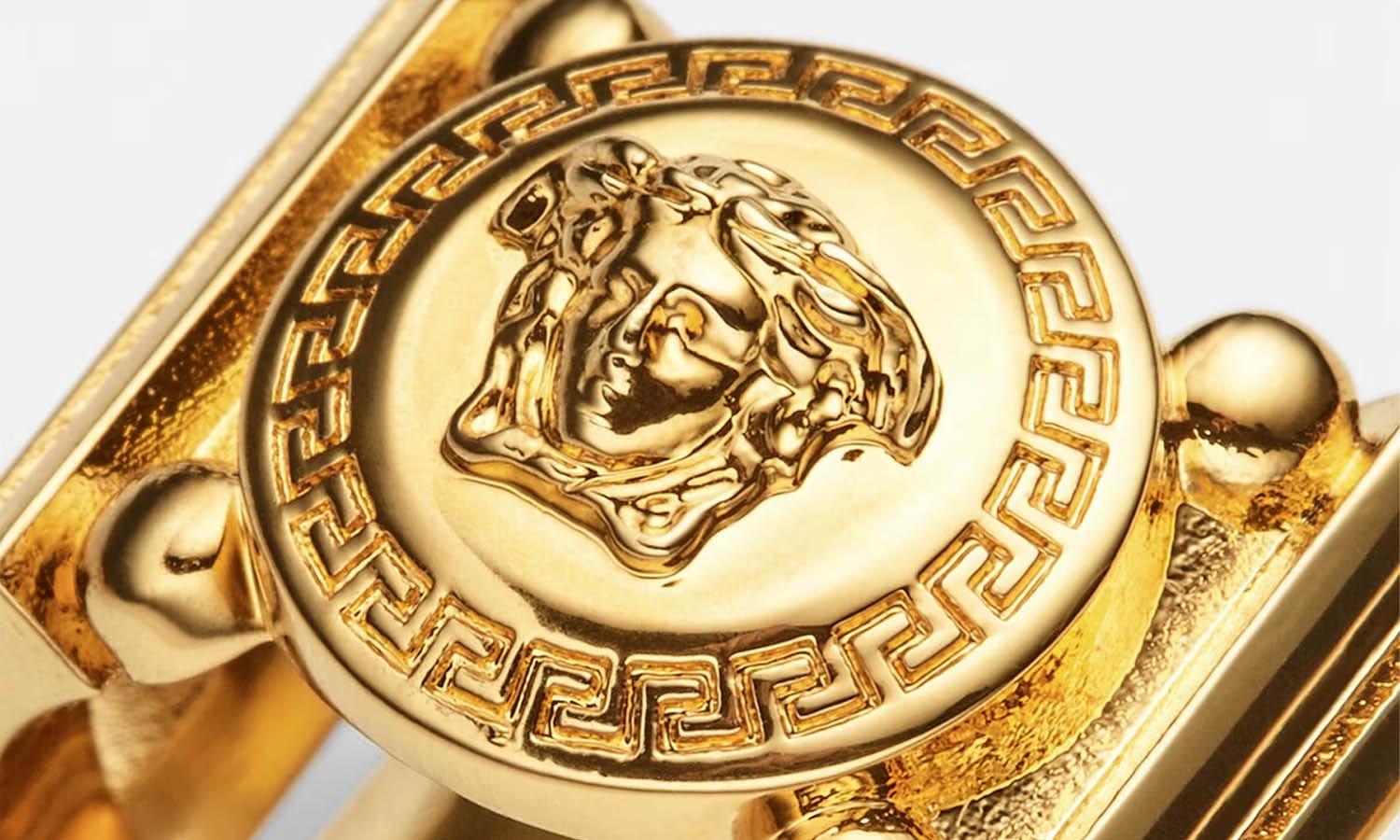
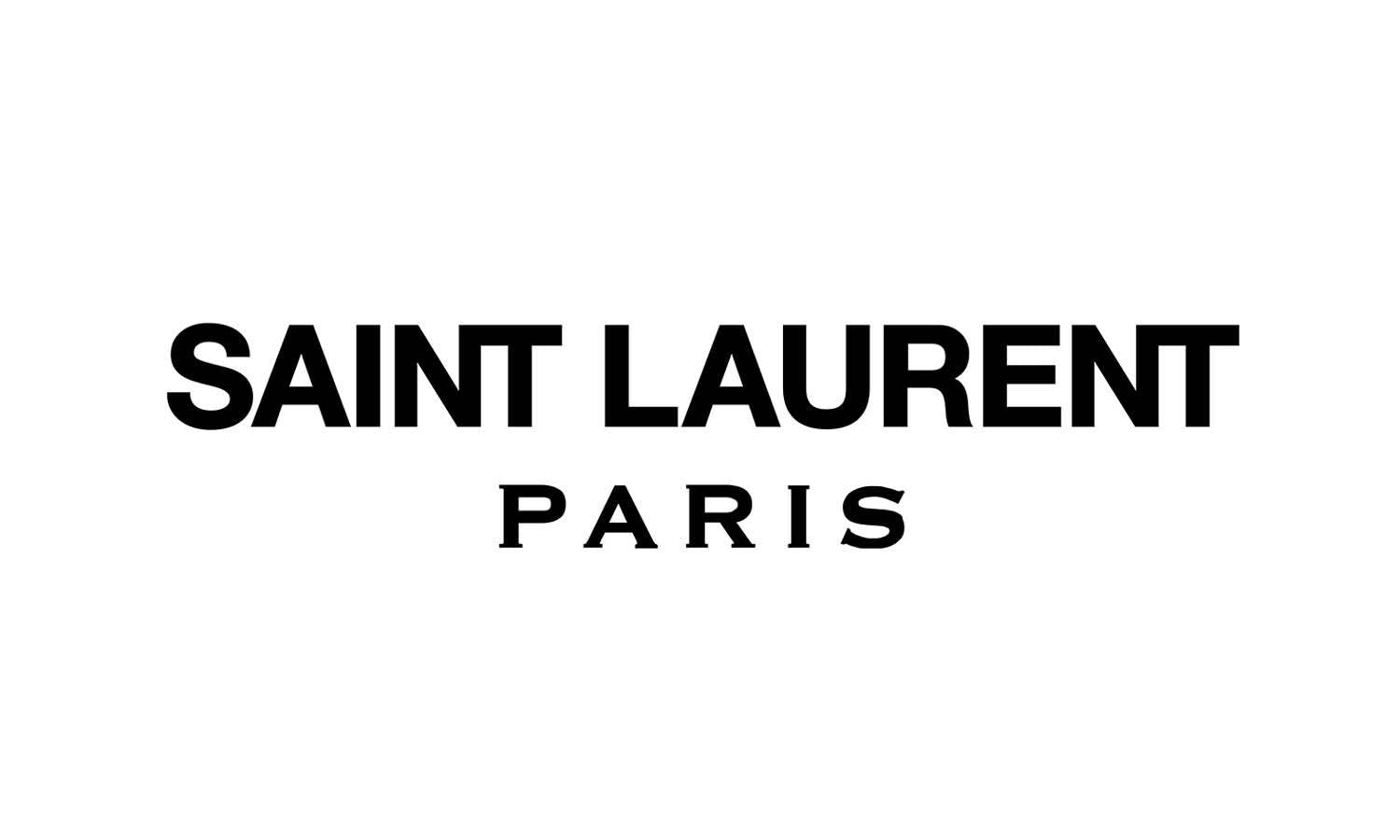
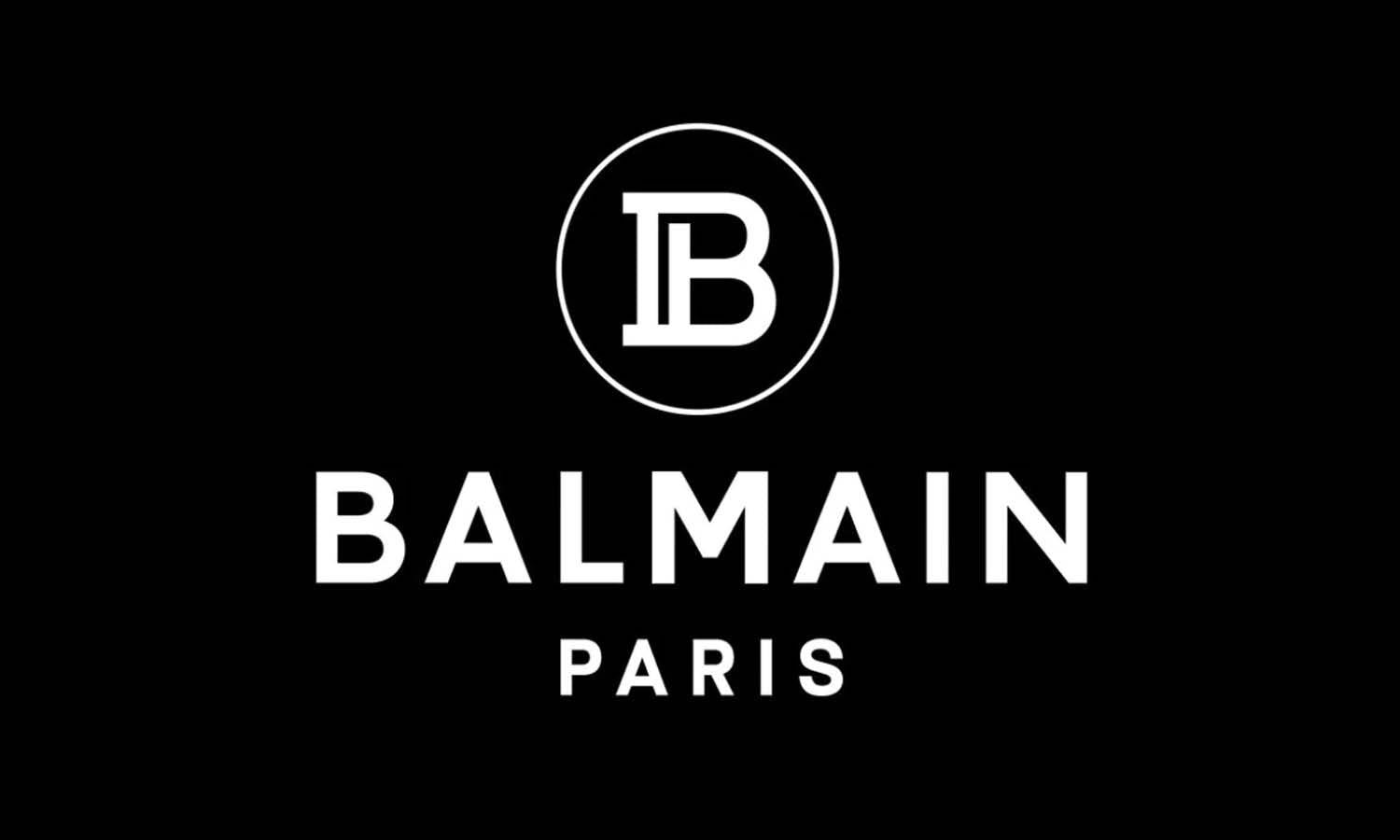
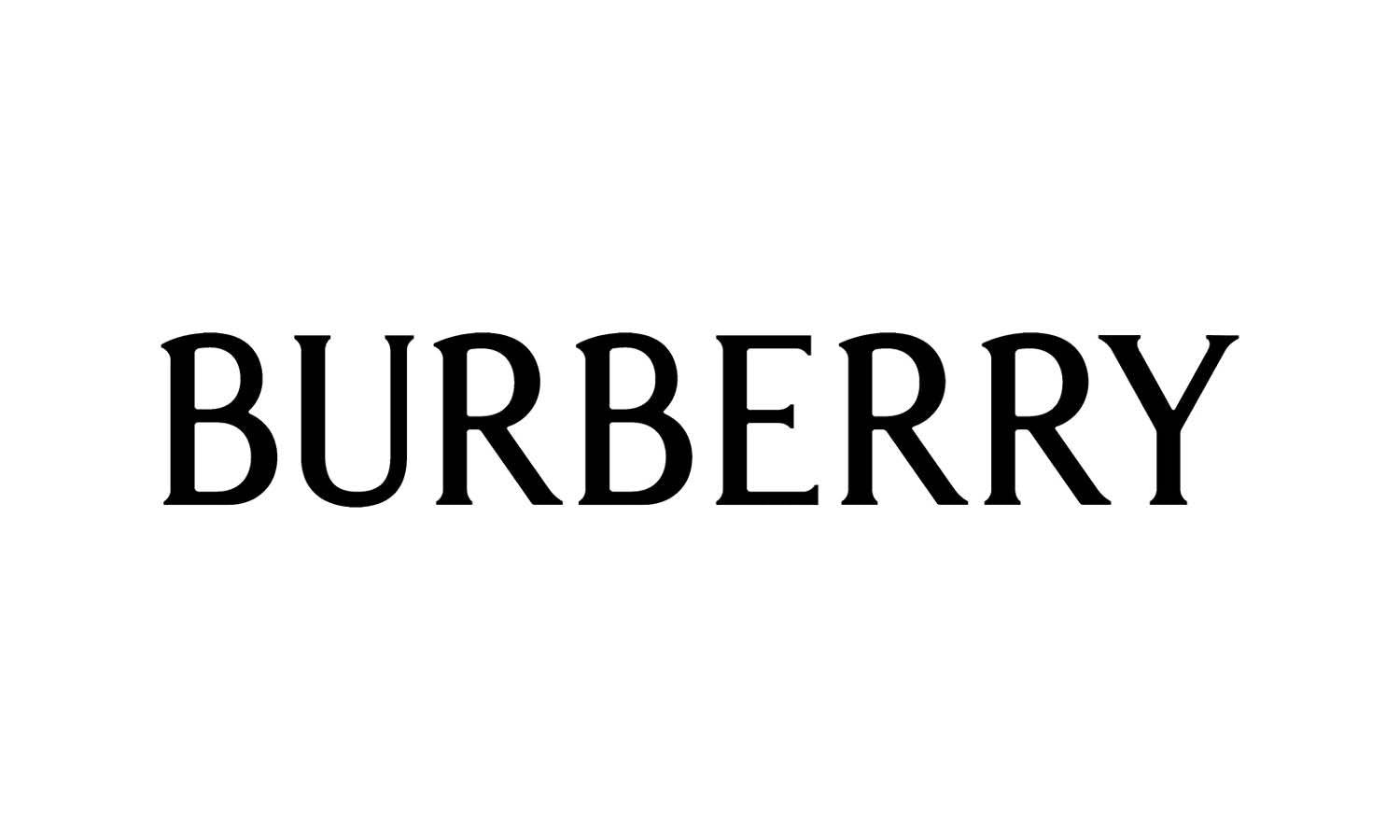
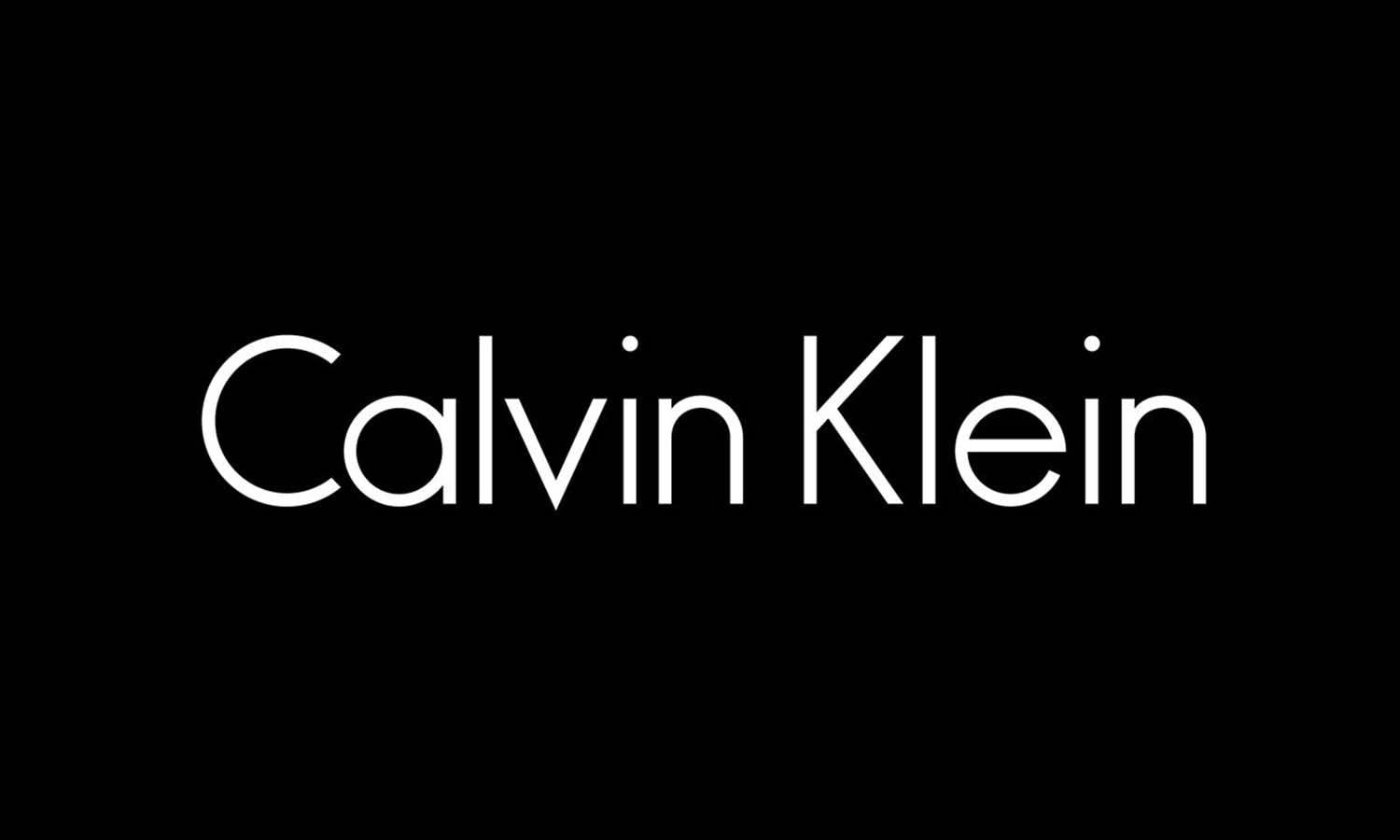









Leave a Comment